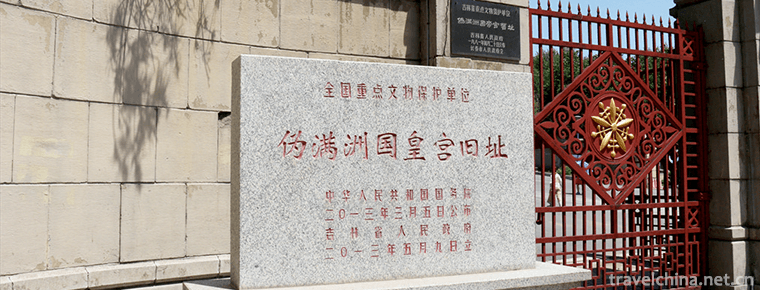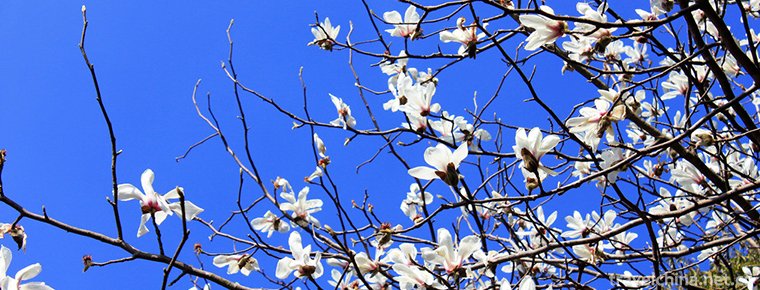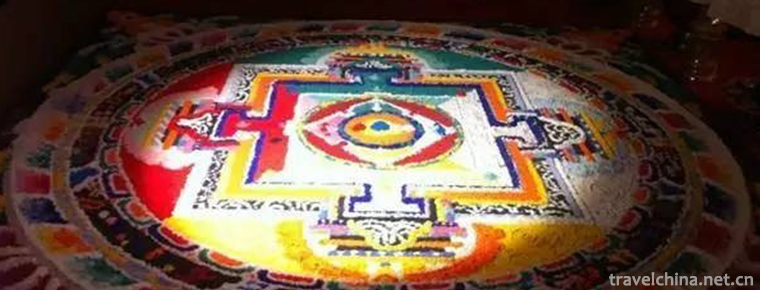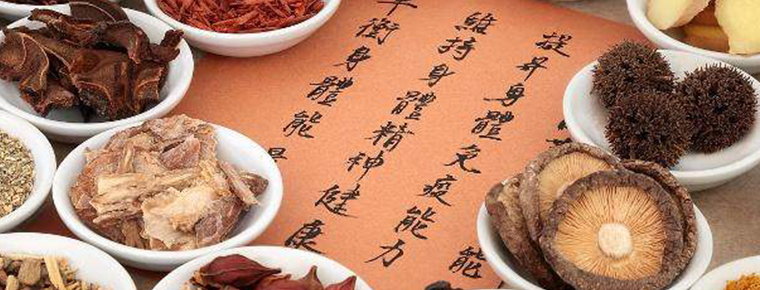Seven Star Mountain tower
Seven Star Mountain tower
The Seven Star Mountain tower, commonly known as the black tower, was built in the Jiajing period of the Ming Dynasty (1522-1566). It is the brother tower of Dongshan white tower. It is on a peak of Qixing mountain in Taba village, Nanguang Town, southern suburb of the city, 10 kilometers away from the urban area. It is one of the three towers in Yibin.
The tower body is a hollow dense eaves octagonal conical brick structure. The base of the platform is xumizuo, 1.7 meters high, 4.4 meters long and 30.7 meters high. The body of the tower is octagonal, and the top of the tower collapsed early. There are empty rooms in the tower, with Buddhist niches, many relief stone carvings, and there are pedals circling up. The tower body is retracted layer by layer, and the top of the tower is hidden on the seventh floor eaves. There are solid columns in the tower, and there are niches on each floor. Inside the tower, bricks are stacked on the top of the footpath to make a rolling top, and the steps circle around the solid column from left to right to the top. There are 118 grades in total. The gate is 2.2 meters high and 1.15 meters high. The gate post is circular, with arc-shaped "dragon pillars" carved on both sides, and "two dragons fighting for treasure" on the bottom of the caisson. The fourth layer of caisson is engraved with "Shuangfeng Chaoyang", and the seventh layer is engraved with "Panlong". These carvings are delicate and lifelike. The whole body of the tower is made of iron blue brick and stone without coating. In addition, it has not been repaired and decorated for many years. From a distance, it looks like Dai, and hence the name of "black tower". A major repair was carried out in 1987. According to the custom, the tower is still covered with iron blue, but the top partition is made up.

-
The Museum of the Imperial Palace of Manchukuo
The Museum of the Imperial Palace of “Manchukuo†is located in Guangfubei Road, Kuancheng District, Changchun City. It is a Palace Ruins Museum built on the site of the Puppet Manchu Palac.
Views: 230 Time 2018-12-05 -
Guan Lin Scenic Area
Guanlin, a national key cultural relic protection unit, National AAAA tourist attraction, is the first place for the burial of Shu generals Guanyu in the Three Kingdoms period. The former is an ancest.
Views: 129 Time 2018-12-24 -
dalian forest zoo
Dalian Forest Zoo is located in Baiyun Mountain Scenic Area, Dalian, covering an area of 7.2 square kilometers. The zoo is divided into two parts: the first phase of captivity and the second phase of .
Views: 158 Time 2019-01-06 -
Haitangshan Scenic Area
Haitangshan Mountain is one of the top ten scenic spots in AAAAAA, National Forest Park, National Nature Reserve, Provincial Key Cultural Relics Protection Unit and Province.
Views: 147 Time 2019-01-13 -
Painting of Painted Sand Tancheng
He said that if we compare life to a picture scroll, if the world wants to be detached from things and hearts, should it also laugh away the glory or frustration,.
Views: 361 Time 2019-04-04 -
Traditional Chinese Medicine Culture
Traditional Chinese medicine (TCM) is the oldest and most complete medical system in the world. It is not only a method of treating diseases, but also a complete philosophy of the universe and life..
Views: 136 Time 2019-04-22 -
Gold and Silver Fine Craft
Gold and silver fine craftsmanship, Huangpu District of Shanghai, Nanjing City of Jiangsu, Jiangdu traditional handicraft, one of the national intangible cultural heritage..
Views: 207 Time 2019-05-07 -
Silk weaving skills in Suzhou
Tilting, also known as carving, is an ancient and unique traditional weaving process in China. It mainly exists in Suzhou and its surrounding areas. Since the Southern Song Dynasty, Suzhou silk has be.
Views: 344 Time 2019-06-17 -
Panzhihua scenic spot
Gesala Ecotourism Area is a national AAAA tourist attraction, a provincial tourist resort and a provincial ecotourism area. It is located in the northwest of Panzhihua City, about 110 km away from the urban area. There are ten thousand acres of pines, azalea sea, Yi People's customs and Tiankeng floor drain..
Views: 114 Time 2020-12-14 -
Deyang climate
There are obvious differences in climate between the mountainous area in the northwest and the plain and hilly area in the southeast of Deyang City. The main climatic characteristics are: mild climate, four distinct seasons, abundant rainfall, long frost free period and obvious .
Views: 75 Time 2020-12-14 -
Suining transportation
Suining is a transportation hub city in Sichuan Province, with an equal distance of 128 km between Suining and Chengdu Chongqing. It is an important node city and secondary comprehensive transportation hub between Chengdu and Chongqing. 237km "3-way 7-line" railway.
Views: 124 Time 2020-12-16 -
Leshan medical and health
By the end of 2018, Leshan City had 3259 health institutions (including village clinics). Among them, there are 102 hospitals, 207 health centers, 12 maternal and child health centers (stations, stations), 12 centers for Disease Control and prevention, 12 health .
Views: 329 Time 2020-12-17







